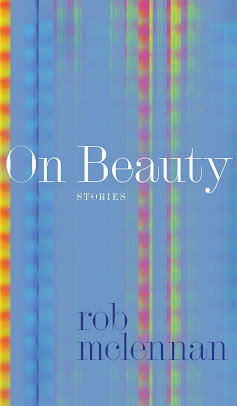HUM 101. Introduction to
the Underworld. [Cross-listed with Divinity and Comp Lit.] In this course,
students will be ferried across the river of sorrow, subsist on a diet of clay,
weigh their hearts against a feather on the infernal balance, and ascend a
viewing pagoda in order to gaze upon their homelands until emptied of all
emotion. Texts will include the Egyptian Book of the Dead, the Tibetan Book of
the Dead, and Muriel Rukeyser’s Book of the Dead. The goals of the seminar are
to introduce students to the posthumous disciplinary regimes of various
cultures, and to help them develop the communication skills that are crucial for
success in today’s global marketplace.
All reading in English. Requirements
include the death of the student, an oral report, and a final paper. (“Fall
Term”)
The
latest from Chicago poet and critic Srikanth Reddy is Underworld Lit (Wave
Books, 2020), a hefty volume composed as a lyric essay-poem in four sections. “My
wife worries that I may be digging a hole for myself with this vanity project.”
he writes, in the opening section. “All this back and forth about ancient rules
of engagement, chain of command, military memorabilia and the like is giving me
no end of grief. Hopefully I may be forgiven the occasional liberty in what
follows.” Composed in four prose-poem sequences—“FALL TERM,” “WINTER TERM,” “SPRING
TERM” and “SUMMER—the press release for Underworld Lit describes the
collection as a “multiverse question through various cultures’ realms of the
dead. Couched in a literature professor’s daily mishaps with family life and
his sudden reckoning with mortality, this adventurous serial prose poem moves
from the college classroom to the oncologist’s office to the mythic underworlds
of Mayan civilization, the ancient Egyptian place of judge and rebirth, the
infernal court of Quin dynasty China, and beyond—testing readers along the way
with diabolically demanding quizzes.” There is something quite fascinating with
how Reddy weaves together the threads of multiple cultures’ books of the dead, his
own health concerns and narratives around health and family. To move through a
health crisis, one would surmise, triggered this exploration into how multiple
cultures approached death, both approaching full-on his own mortality, and setting
it aside as he worked through these explorations. As he writes in the first
section:
The odds are good, Song
informs us, wiping his spectacles philosophically. Still, he blinks too much as
he answers my wife’s questions about this perplexing case. Melanoma is exceedingly
rare among individuals of my dusky extraction, and virtually nonexistent within
younger sectors of this population. (“You’re a medical miracle,” joked one
nurse before I went under, “but not the good kind.”) At least my post-op
reports show no spread to the sentinel node, lowering the short-term mortality
rate to roughly one in ten. Not bad odds, comparatively speaking. I resolve not
to make too much of the matter in the days to come. But the complimentary
brochure that I take from the rack upon exiting the reception area says I mustn’t
make too little of it either. In this respect, my condition is not like the
war. I don’t want to make too much of it in my ambient transactional order, but
I don’t want to make too little of it, either.
There
seems a huge structural leap from Reddy’s previous poetry collections, constructed
as more traditional collections of first-person lyrics, into this book-length
exploration into death, collage, lyric prose and the memoir/confessional. Part of
what is compelling about this work is how seamlessly Reddy blends the multipe
threads of his own life, from writing to teaching to family, in a way that doesn’t
overwhelm or alienate. Given the amount of literary writers across North
America that teach either at the university or college level, the term “academic
poet” is often thrown around as an insult, suggesting that one who writes shouldn’t
admit to teaching in their work, or that anyone who writes isn’t supposed to
think of writing and thinking as a larger, combined study. I am aware of
literary works so deep into a particular pallor of academic language that the
writing is lifeless and distant, certainly, from whence the origins of the term
began, but for the bulk of writers engaged in writing-as-study, their literary
work is one of the best ways in which engaged readers can see the results of that
study. Reddy’s Underworld Lit is engaged and lively, immediate and rich
with considerations on how one might approach death, which, in turn, also
reveals how one should approach life. “Reviewing my notes of the last year,” he
writes, as part of “SPRING TERM,” “I see that I have occasionally referred to
past events as if they were present. In my defense, it is a habit born out of
scholarly convention. One would not write ‘Virgil wrote,’ but rather, ‘Virgil writes
of two ways to exit the realm of the dead,’ in a formal study of underworld
literature. Just so, every writer, living or dead, is forever suspended
in a crepuscular present indicative.”



No comments:
Post a Comment